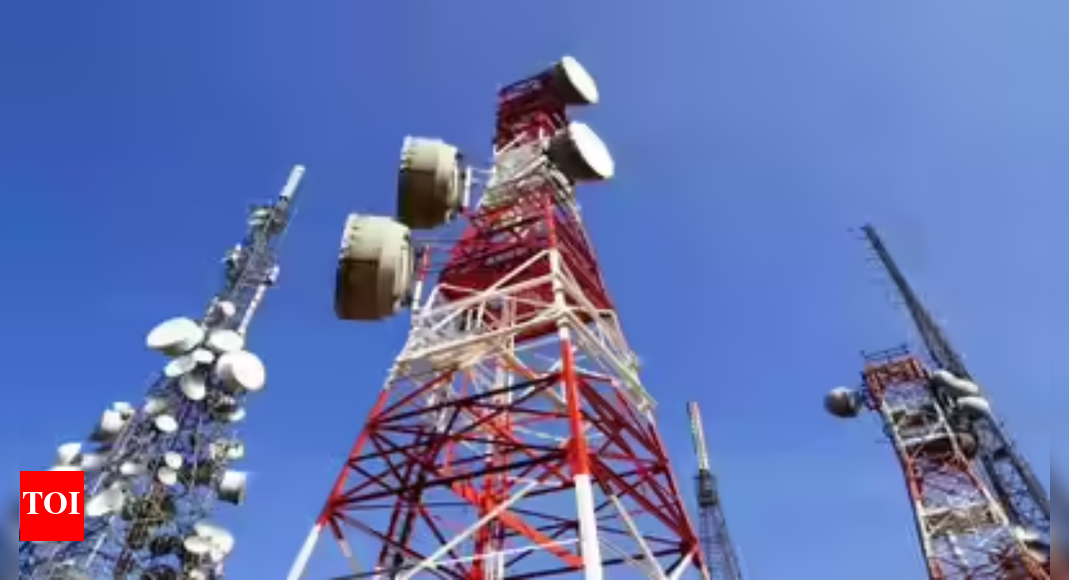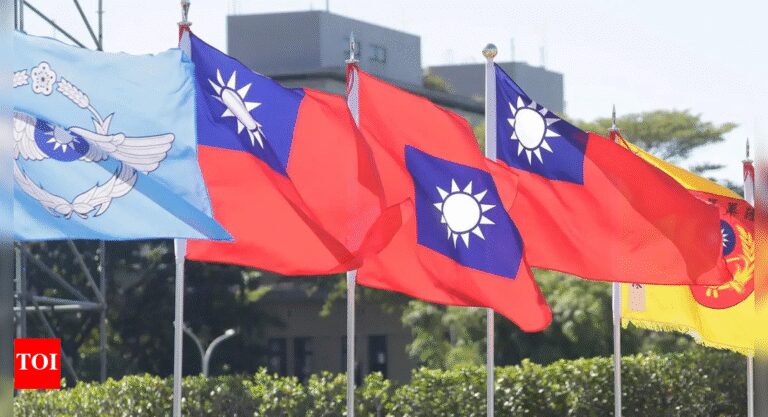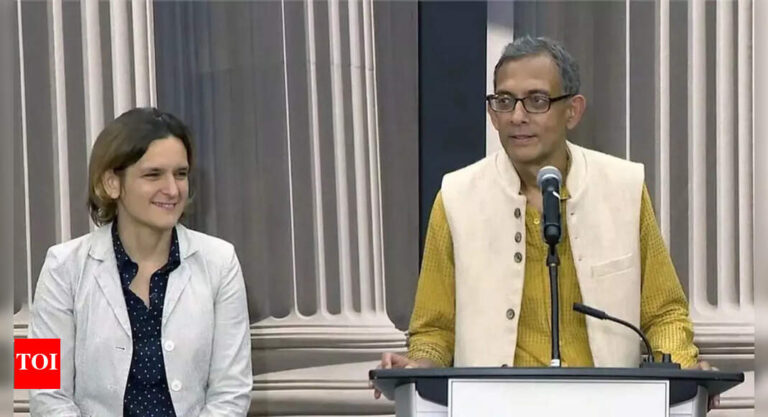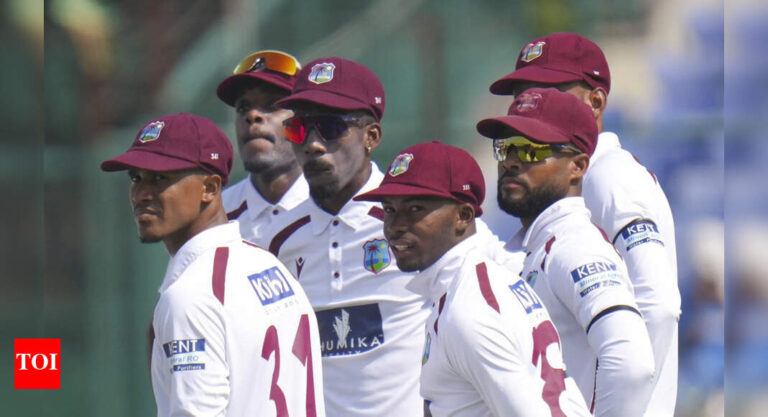
The gap between telecom operators’ network expenditure and revenue continues to widen, prompting industry body COAI to defend calls for higher mobile tariffs, citing the increasing financial burden of network deployment on service providers.Speaking at the India Mobile Congress, Cellular Operators Association of India (COAI) Director General, SP Kochhar, told PTI that while the government has provided significant support to telecom operators through policies such as the right of way (RoW), several authorities continue to levy exorbitant charges for laying network elements.“Earlier, the gap until 2024 for infrastructure development and revenue received from tariffs was around Rs 10,000 crore. Now it has started increasing even further. Our cost of rolling out networks should be reduced by a reduction in the price of spectrum, levies etc. The Centre has come out with a very good ROW policy. It is a different matter that many people have not yet fallen in line and are still charging extremely high,” Kochhar said.He also defended the recent cut in data packs for entry-level tariff plans by select operators, stressing that the move was necessary given competitive pressures.Kochhar pointed out that competition among the four telecom operators remains intense, and there has been no significant trend suggesting that consumers are shifting towards low-cost data options.“There is a need to find ways to make high network users pay more for the data. Seventy per cent of the traffic which flows on our networks is by 4 to 5 LTGs (large traffic generators like YouTube, Netflix, Facebook etc). They pay zero. Nobody will blame OTT but they will blame the network. Our demand to the government is that they [LTGs] should contribute to the development of networks,” Kochhar said.He added that the investments made by Indian telecom operators are intended for the benefit of domestic consumers and are not meant to serve as a medium for profit for international players who do not bear any cost.








